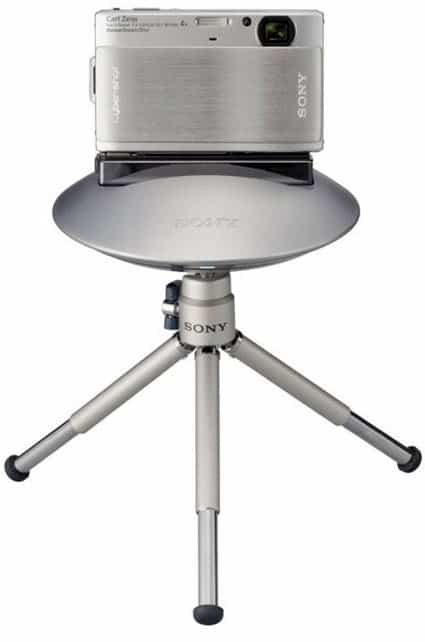
There’s always something new in every project. Often we encounter a bit of process that we may not know how to best manage it. So we’ll make our best plan and see what happens. We learn as we go and ultimately have a better way for dealing with it next time.
In a regular client project, we write a screener and work with a recruiting company who finds potential research participants, screens them, and schedules them. Every day they email us an updated spreadsheet (or as they call it “grid”) with responses to screener questions, scheduled times, locations, and contact info. It still ends up requiring a significant amount of project management effort on our end, because questions will arise, schedules will shift, people will cancel, client travel must be arranged, etc. etc.
For Reading Ahead, we did all of the recruiting ourselves. Although we’ve done this before, this may be the first time since the rise of social media: we put the word out on LinkedIn, Twitter, Facebook, email to friends, and here on All This ChittahChattah.
While Dan lead the effort, we both used our own networks, and so we got responses in a number of channels, sent to either or both of us, including:
- @ replies on Twitter
- direct messages on Twitter
- Comments on Facebook posts
- Messages on Facebook
- Emails (directly to either of us, or forwarded from friends, and friends-of-friends

A private dialog on Facebook

Comments on a Facebook status update. Note that Dan is able to jump in and make contact directly

Direct Messages in Twitter
Some people were potential participants, some were referrers to other potential participants, and some were both. And given the range of platforms we were using, with their associated restrictions (and unclear social protocols), we had to scramble to figure out who could and should communicate with who to follow up and get to the point where we could see if the people in question were right for the study. We didn’t expect this to happen, and eventually Dan’s inbox and/or his Word document were no longer efficient, and as some participants were scheduled or in negotiation to be scheduled, he ended up with this schedule cum worksheet:

Being split across the two of us and these different media, eventually we were interacting with people for whom we had to check our notes to trace back how we had connected to them, which was great for our sample, since it meant we weren’t seeing a group of people we already knew.
It was further complicated when we had finished our fieldwork and wanted to go back to everyone who offered help close the loop with them, thanking them for help. Technically, and protocol-wise, it took some work (who are the people we need to follow up with? Who follows up with them? What media do they use), basically going through each instance one-by one.

We haven’t figured out what we’ll do next time; we won’t forget the challenges we’ve had but there’s just not time or need right now to plan for the future. If I had to guess, I’d imagine a Google Spreadsheet that includes where we got people from, who owns the contact, whether they are participant-candidate or referrer, etc.). Despite being very pessimistic about the demands of recruiting, we still underestimated the time and complexity required for this project.





































